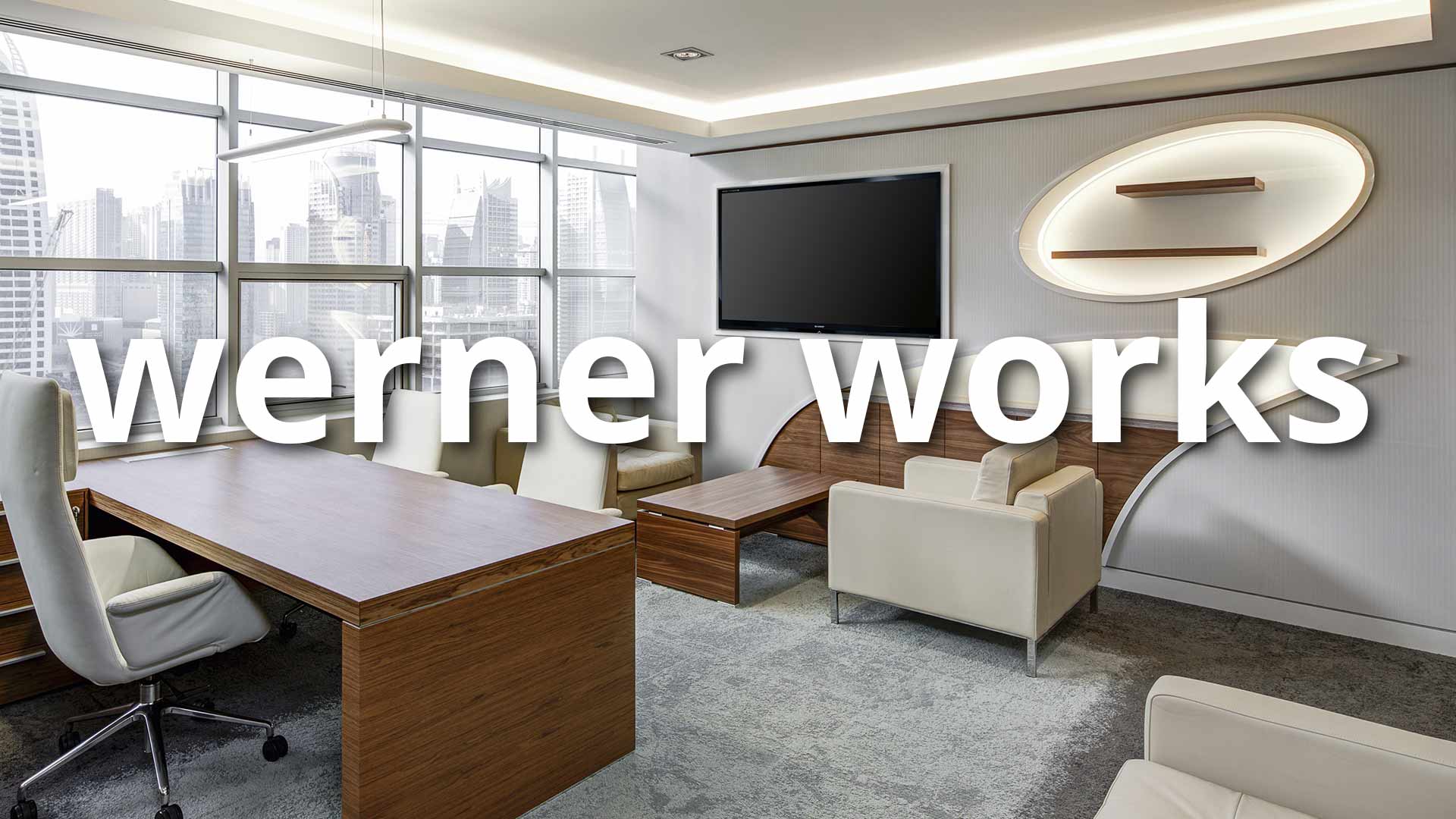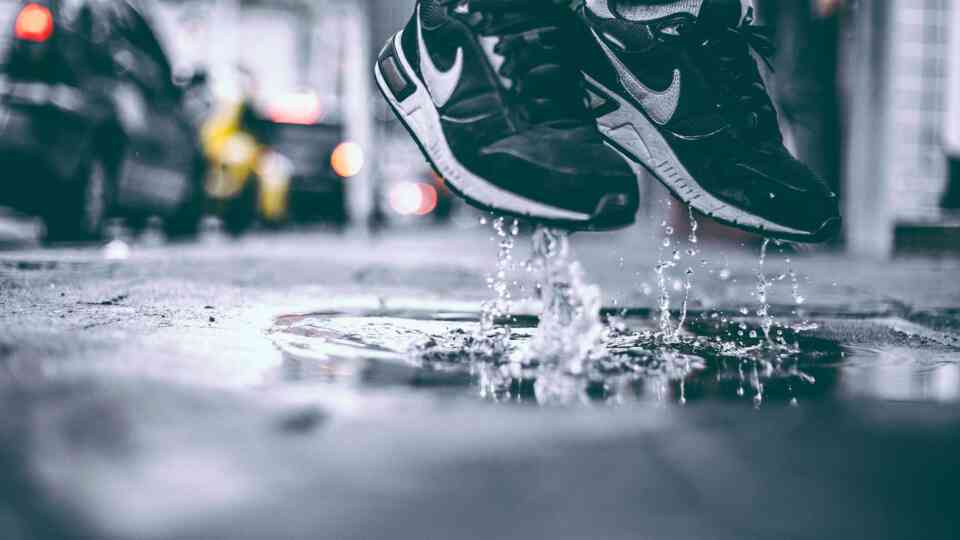Private labels could generate more margin if they would be treated as "real" brands...
Read MoreA patent lasts 20 years. A trademark can be prolonged forever.
Some brand consultants think creativity doesn’t play any role in brand affairs. Only facts, market shares and what could be counted in market research and regarding the opinions of consumers and clients are relevant for corporate brands (or trademarks).
Future needs creative approach.
That’s quite true for developments in the past. For a future oriented strategy creativity is necessary: What should be the dominant brand assets in a changing markets and minds? There are no facts and figures one could build a strategy on: Phantasy is needed. That’s the reason every brand needs innovation and creativity.
There are certain parts of a brand, where creativity is an accepted module of engineering them: The claim or slogan as the important promise of a corporate brand. And – of course – the corporate design, which gives the impression of the brand contents.
For product brands it is the brand development itself, the naming within the product portfolio or the development of recoverable technology- and process brands.
Luenstroth develops these brand-assets with creativity, legal protection and high positional accuracy.
Precise Branding
A schematic brand development rarely leads to success. The traditional way of brand development with recourse to old language families (latin / greek) or tried and tested syllable generators generates nonfamiliar constructions.
In fact they fulfill all requirements of symmetry of type face and the sound of the words, retentivity and bold motifs. But for the involved market circles and consumers they feel strange and synthetically developed for several years. This feeling could be wanted and desired, the conventional approach is going right then.
From an economic point of view it could be more useful to develop the brand with a somehow familiar and so more trustable impression.
Different to product brands corporate brands have other targets: While product brands primarily must prove their effectiveness to consumers and clients, the requirements to corporate brands are much more complex.
The name of a company has an enormous impact inward as well. (In most cases a corporate brand will be a familiar part of a known company; there would be no need for a new development.)
Legal certainty integrated
Despite all assimilations within the last years different worlds in the field of trademark law collide with each other on an international level.
The juridical positivism of Europe stands against the first-in mentality of anglo-saxon countries. The problems of product and brand piracy (not only) in china are an additional problem to face.
These problems are well known at international law firms. But there are only very few brand or trademark developing creative companies with the regulations and limitations in mind during the development process.
This ignorance leads to several loops in the brand development process – brands are developed, rejected by law firms (or – even worse – registration offices or competitors) and the process starts again (with following loops).
The Luenstroth Brand Development process avoids these loops – different law systems and cultural limitations in the target market are taken into consideration from the beginning of the creative process.
What legal sort of mark?
Word-, Figurative- or Color Brand?
When talking about brand protection a lot of decision maker think about word- or design brand or a combination of both. Undoubtedly it is still the closest way to protect goods and services from imitators. (But it is still surprising that in the most times word- design marks are getting registered although their protection is much more lower than a seperate word- design mark.)
In the whole constellation of communication the limitation of word- and design brand are not absolutely necessary. The registration of a sound- or smell brand may be more advantageous in the strategy. For example it is possible to protect the sound of a specific motor or its flue gas system. Or the pneumatic sibilate of a machine which sound is significant for the construction.
In general: Another conception for brand protection can avoid sophisticated legal conflicts in front of international courts.
The better the brand development the less high is the risk of consequences.
Within the framework of brand development it is a must to consider the later enforcement on the market. A brand which is not known, is not a brand, it is more a legal protection without economic relevance. Of course, it is possible to establish weak brands as well. From the viewpoint of costs it is more useful to take strong and retentive brands instead of weak ones .
Luenstroth develops product brands for more than 20 years. For the automotive area, technical oriented enterprises and the FMCG-sector: Product brands. Corporate brands. Technology brands. Color brands. 3D brands.
Trademarks we developed














How do we develop names, brands and trademarks
- Analysis of brand architecture and audit of corporate product brands
- Development of a catalogue for possible brands to be developed including the definition of Nice-classes and the planned scope of protection
- Modular creation of brand candidates, linguistic / semiotic check for all target markets included
- Illustration of the future brand or trademark use in the field of communication and sketches of possible communicative worlds
- PreTests of brand candidates for prior registrations in target markets
- Development of a matrix of assessment for possible brand candidates
- Advice for registration- and usage (word-, word-figurative- or figurative brand or a combination) and illustration of the resulted scope of protection
- optional: registration of brands in the target markets at related chanceries
- PreTests of brand candidates for prior registrations in target markets
- Development of a matrix of assessment for possible brand candidates
- Advice for registration- and usage (word-, word-figurative- or figurative brand or a combination) and illustration of the resulted scope of protection
- optional: registration of brands in the target markets at related chanceries
Case studies
Spreading the message worldwide
To reach target groups worldwide in the shortest possible time, social media channels are...
Read MoreBrand Relaunch
A global brand like Cobiax needs a wide positioning to reach all target groups...
Read More

